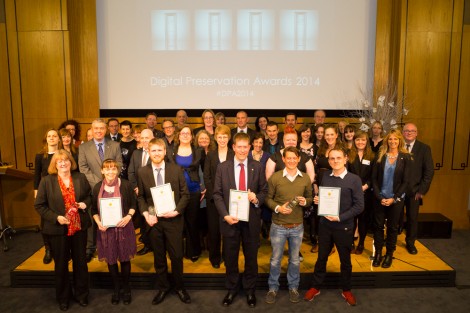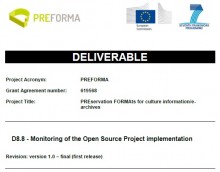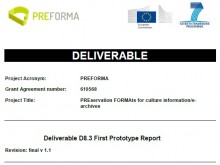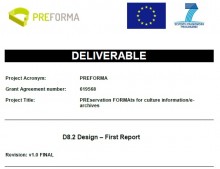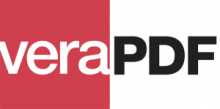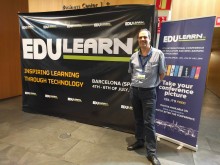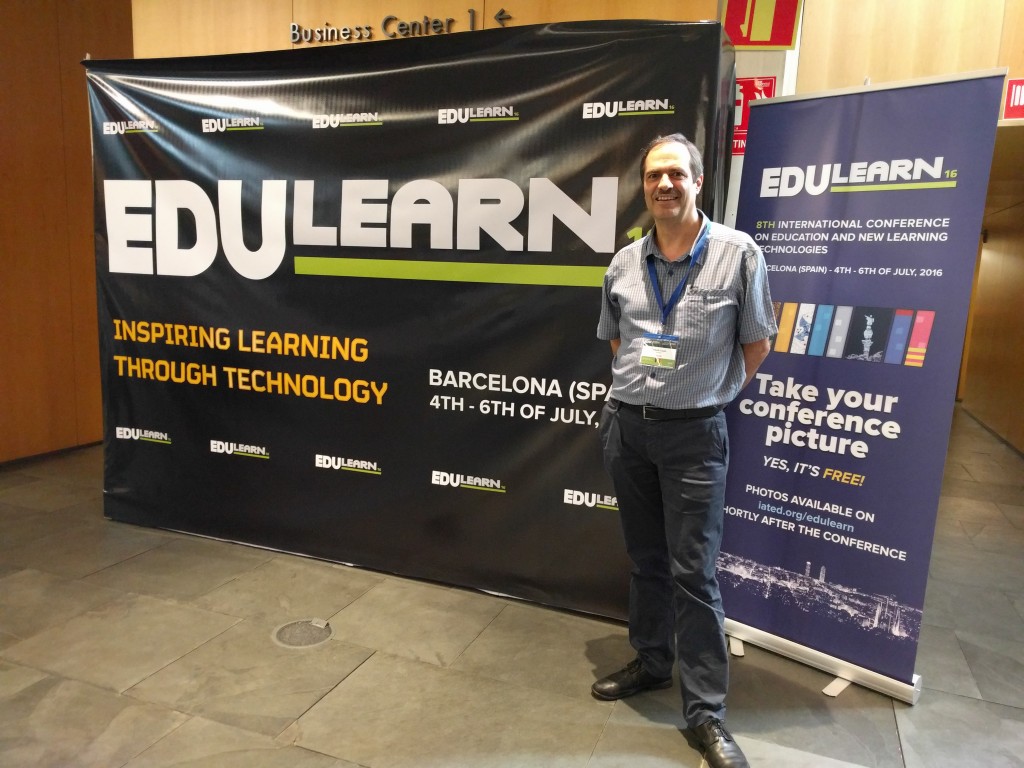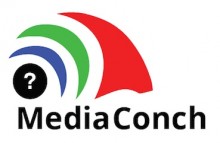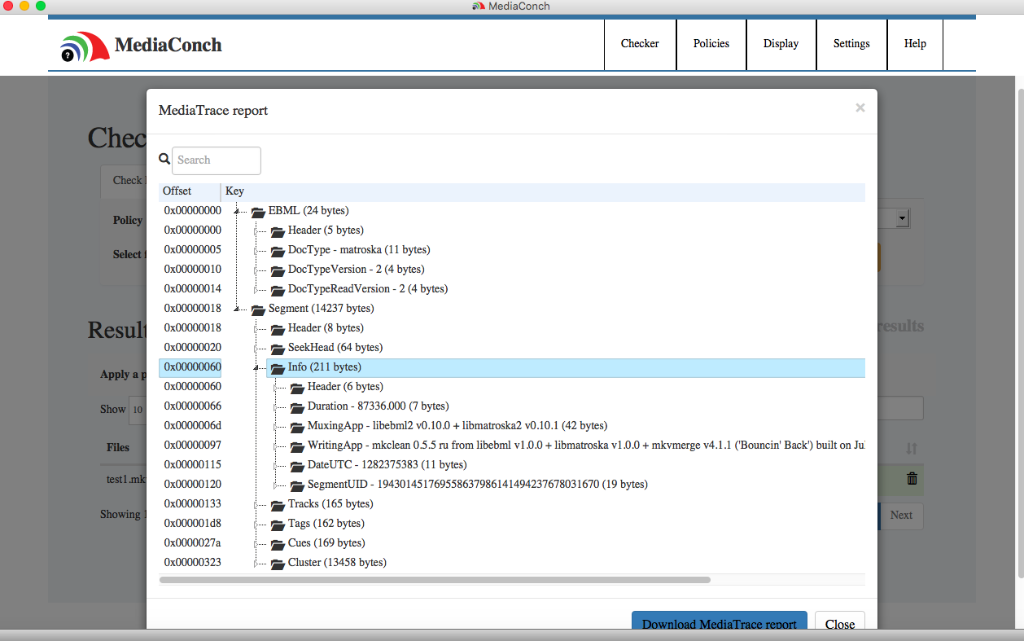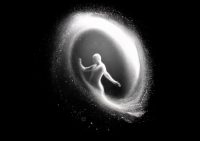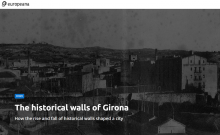an interesting process that could guide towards a fundamentally different process for innovation in Europe
STARTS encourages synergies between the Arts and innovation for technology and society by promoting the inclusion of artists in Horizon 2020 projects.
The initiative Science + Technology + Arts = STARTS in Horizon 2020 is based on the conviction that Science, Technology and the Arts can jointly foster innovation in industry and society. The Arts can act as a catalyst for an efficient conversion of S&T knowledge into novel products, services, and processes while stimulating the involvement of citizens in innovation.
In 2016, two actions brought the Arts closer to Horizon 2020:
- The STARTS prize gives visibility to collaborations between arts and technology that have led to radical innovation
- A network of arts and technology institutions will support the alliance of the Arts with technology and industry, and identify the best ways for the Arts and technology to work together.
Any activity in STARTS has to address the double purpose of artistic relevance and pertinence for innovation in industry and society.
STARTS is launching this consultation process to shape the next wave of collaboration between the Arts, science and technology. They are looking for input from players in industry, technology institutions and art on how they see the interaction between the Arts and technology from their perspective. They also hope to receive concrete ideas for projects in STARTS on how to support such collaborations in an industrial context.
The Commissioner Günther Oettinger, in charge of the Digital Economy and Society, suggested to reflect on “STARTS lighthouse projects” in concrete application areas where collaborations of technologists and industrialists with artists could trigger novel and alternative uses for technology and possibly even radically new technologies. Such projects could pave the way for a stronger collaboration of art and technology across all of Horizon 2020.
These projects should propose specific forms of collaboration between arts and industry/technology on novel solutions to address:
- Industrial problems – for instance in the automotive sector, additive manufacturing, media or creative industries;
- Pressing societal challenges – for instance urbanisation or social inclusion.
They might also include artistic exploration and reflections on novel uses of e.g. Internet of things, sensors, robotics, or (social) media.
The (provisional) deadline for giving input to this consultation is 18th August 2016.
The public consultation is available for your comments here: https://ec.europa.eu/futurium/en/content/open-consultation-starts-science-technology-arts
In order to contribute, the user should be registered, a painless process on https://ec.europa.eu/futurium/en/user/register?flavour=digital4science
You can contribute through comments and you can upload documents in the “library” at https://ec.europa.eu/futurium/en/digital4science/library
More information about the STARTS activities here: https://ec.europa.eu/digital-single-market/en/ict-art-starts-platform
 On Saturday 23 July Tate hosted a workshop in London focussing on new tools to support the conservation of digital video, led by Dave Rice and Ashley Blewer.
On Saturday 23 July Tate hosted a workshop in London focussing on new tools to support the conservation of digital video, led by Dave Rice and Ashley Blewer.

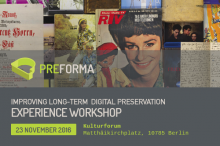
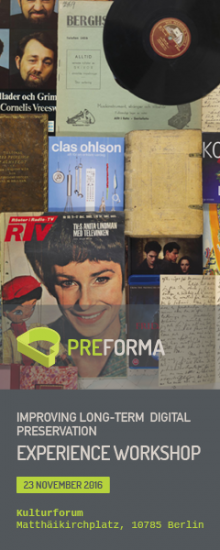
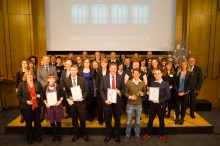
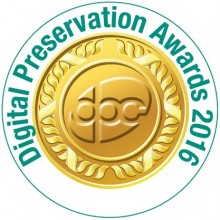 The prestigious Digital Preservation Awards is the most prominent celebration of achievement for those people and organisations who have made significant and innovative contributions to maintaining a digital legacy, and will culminate in a glittering awards ceremony at the Wellcome Trust in London on Wednesday 30th November 2016.
The prestigious Digital Preservation Awards is the most prominent celebration of achievement for those people and organisations who have made significant and innovative contributions to maintaining a digital legacy, and will culminate in a glittering awards ceremony at the Wellcome Trust in London on Wednesday 30th November 2016.